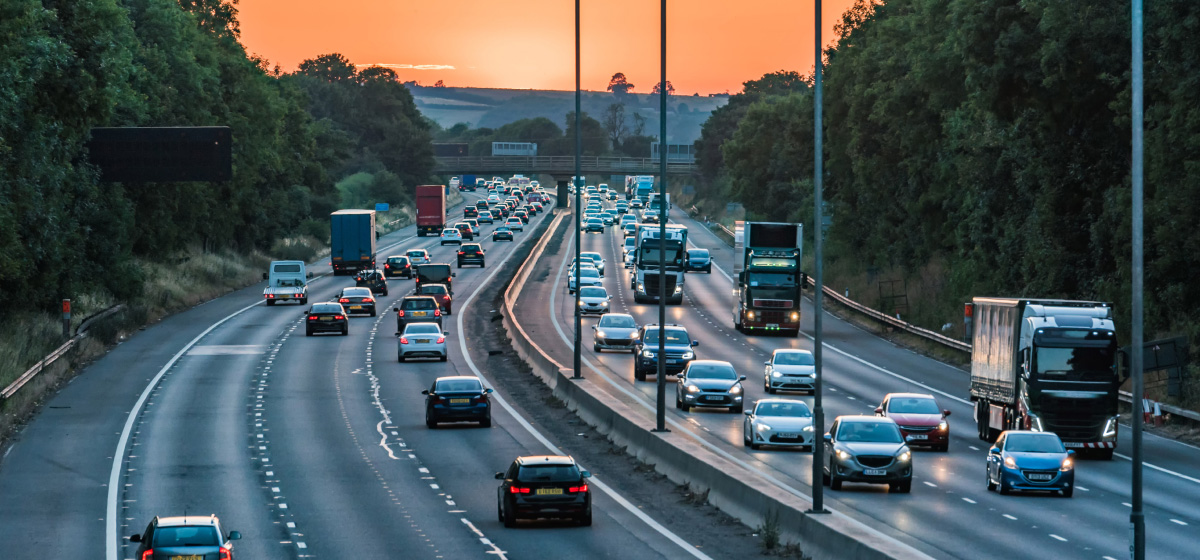If you’re reading this, it’s probably because you’re wondering what the new highway code changes are, well so are a lot of other people. On the 29th of January 2022 there were some 50 changes to the highway code that have caused some discussion in the media and on social channels, so we thought it would be good to take a look at 4 of these changes.
What are the new changes to the highway code
Whether you’ve already passed your test or you’re a learner driver looking to take your
theory test these new changes are important, and not just from a driving point of view. Below we’ll cover 4 of these new changes and how they may affect you out on the roads…
1. The dutch reach
The dutch reach was actually something we highlighted last year as a great way to protect
cyclists out on the road. This is guidance rather than law, but with more and more cyclists on
the road, a slightly different way of opening the door could save people getting seriously
insured, and savings on your insurance costs going up.
What is the dutch reach?
Step 1: Reach
Reach across to your car door handle with the hand that is furthest away from the door.
Step 2: Swivel
Reaching across with your arm will force you to swivel your body so you can look into your
rear view mirror and out the side of your window.
Step 3: Look back
Look over your shoulder to see if there is any oncoming traffic.
Step 4: Open slowly
Once you’ve checked the road is clear, slowly open your car door and step out facing the
traffic.
Want to know more about what it is and where it comes from. Well, you’re in luck as you can read all about the dutch reach here.
2. Ban on use of mobile phones
It was already illegal to hold a phone or sat nav while driving. But with the new changes,
drivers will now also be banned from taking pictures and videos, scrolling through playlists or playing games. Makes sense! We’ve also covered the questions most people have…
Can I still use a phone hands free?
● A dashboard holder or mat
● A windscreen mount
● A built-in sat nav
Can I use my phone if the car has stopped?
● Stopped at traffic lights
● Queuing in traffic
● Supervising a learner driver
When can I use a hand held phone?
You can use a hand-held phone if…
● you’re safely parked
● you need to call 999 or 112 in an emergency and it’s unsafe or impractical to stop
What fine would I get if caught using a phone while driving?
You could land yourself with 6 penalty points and a £200 fine if you use a hand-held phone
when driving. Don’t forget you can also get points on a provisional licence when learning to drive! This will also affect your insurance costs for up to 5 years. These come into effect on 25th March 2022
3. Priority at junctions
lights giving priority to the pedestrian) the car was free to make the turn, but now this has changed to give priority to the more vulnerable. The rule says: “At a junction you should give way to pedestrians crossing or waiting to cross a road into which or from which you are turning.”
● When people are crossing or waiting to cross at a junction, other traffic should give
way
● If people have started crossing and traffic wants to turn into the road, the people
crossing have priority and the traffic should give way
● People driving, riding a motorcycle or cycling must give way to people on a zebra
crossing and people walking and cycling on a parallel crossing
A parallel crossing is similar to a zebra crossing, but includes a cycle route alongside the
black and white stripes.
4. Hierarchy of road users
The last of our 4 on this article. Like we said at the top, it’s important for learner drivers to
make sure they are aware of all these new rules before taking a theory or practical test. If
you need any other tips on how to pass your driving test first time we’ve got you covered.
The introduction section of The Highway Code has been updated to include 3 new rules
about the new ‘hierarchy of road users’.
It’s important that all road users:
● Are aware of The Highway Code
● Are considerate to other road users
● Understand their responsibility for the safety of others
Learner driver insurance
If you want to pass your driving test, why not consider private practice? Just make sure you’re insured before getting behind the wheel.
Our learner driver insurance lets you practice in a friend or family member’s car from 1 hour right up to 180 days. They don’t need to worry about their annual policy, because with Veygo, the owner’s no claims bonus is completely protected.
